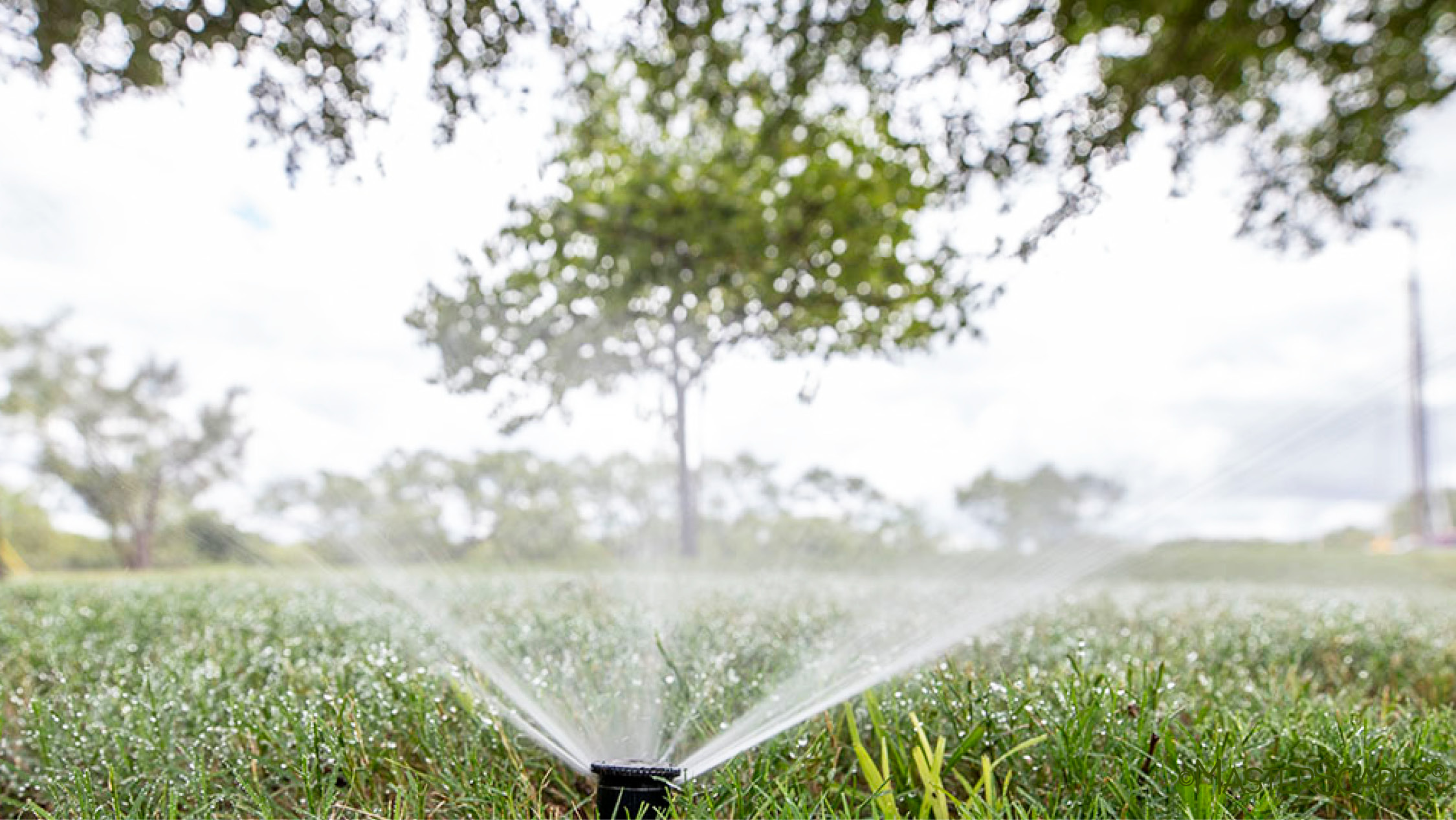Irrigation Challenges in Texas Summer Heat
Texas, known for its sizzling summers, poses significant challenges for maintaining healthy and thriving landscapes. The intense heat and prolonged dry spells demand efficient irrigation practices to keep lawns, landscapes, and green spaces healthy. This article addresses the landscape irrigation challenges faced by Texans during the Summer months and provides recommendations to ensure sustainable water use and thriving outdoor spaces.
Challenges of Summer Landscape Irrigation in Texas
- Water Scarcity: Texas frequently experiences drought conditions during the Summer, leading to water scarcity. Inadequate rainfall and high evaporation rates put additional strain on existing water supplies, making it crucial to prioritize water conservation.
- Evapotranspiration: The combination of high temperatures and dry air causes water to evaporate quickly from the soil surface and plants. This process, known as evapotranspiration, intensifies the need for regular irrigation.
- Inefficient Irrigation Systems: Many properties in Texas still rely on outdated irrigation systems that are inefficient and prone to water wastage. These systems may include leaky pipes, malfunctioning sprinklers, or improper zone settings.
- Watering Restrictions: Local authorities often implement watering restrictions during peak Summer months to manage water demand. Residents must adhere to these restrictions, which can present challenges for landscape maintenance.
Recommendations for Effective Summer Landscape Irrigation
- Smart Irrigation Technology: Embrace smart irrigation technology that utilizes weather data and soil moisture sensors to adjust watering schedules automatically. These systems optimize water usage, reducing waste and promoting healthier landscapes.
- Drip Irrigation: Consider installing drip irrigation for gardens and landscape beds. Drip systems deliver water directly to plant roots, minimizing evaporation and runoff while ensuring efficient water distribution.
- Watering Schedule Adjustment: Tailor your watering schedule to the specific needs of different plants and turf areas. Early morning or late evening watering allows for better water absorption and reduces the risk of evaporation.
- Mulching: Apply a layer of organic mulch around plants and trees to conserve soil moisture and reduce weed growth. Mulching helps maintain a more stable soil temperature, reducing water loss through evaporation.
- Rainwater Harvesting: Set up rainwater harvesting systems to collect and store rainwater during the wetter months. Utilize this stored water during dry spells to supplement irrigation needs, thus reducing dependency on the municipal water supply.
- Drought-Resistant Plants: Choose native or drought-resistant plant species that can tolerate Texas Summer conditions. These plants require less water and are better equipped to thrive in the challenging climate.
- Regular Maintenance: Regularly inspect and maintain your irrigation system to fix leaks, clogs, or malfunctions promptly. Proper maintenance ensures optimal system efficiency and prevents unnecessary water wastage.
Summer heat in Texas poses notable challenges for landscape irrigation. By adopting smart water practices and embracing efficient irrigation methods, homeowners and property managers can maintain vibrant outdoor spaces while conserving water resources. Using sustainable irrigation practices in Texas not only provide relief from Summer heat, but also create a healthier landscape for future generations. At MasterScapes, we provide irrigation inspections to ensure your irrigation system is working correctly. Call us to learn more about our services.

GET IN TOUCH
Abilene
Dallas/Fort Worth
8 am – 5 pm
